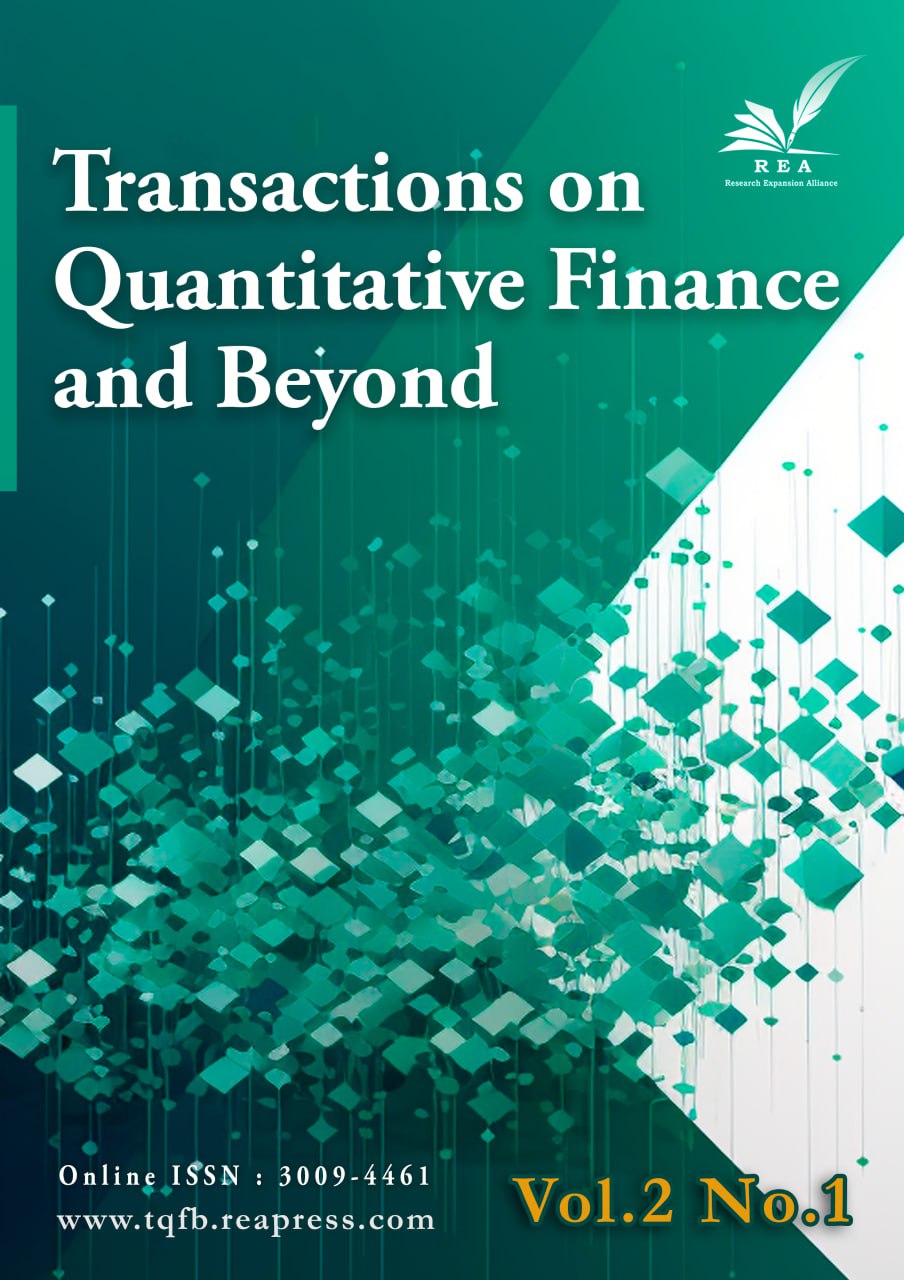The Role of Rail Transport in Economic Development: A Customer Perspective
Abstract
The present study aims to examine and explain the role of rail transport in Iran’s economic development from the customers' perspective. This research was conducted using a survey method, employing a questionnaire distributed among 384 rail transport customers. The validity of the questionnaire was confirmed by five experts, and its reliability was assessed through Cronbach’s alpha coefficient, with values exceeding 0.7 for all variables, indicating satisfactory reliability of the measurement tool. Data analysis was performed using SPSS software. The results revealed that rail transport has a significant impact on attracting global business opportunities, economic competitiveness, traffic congestion reduction, and road maintenance. Additionally, this study examined the relationship between rail infrastructure development and its impact on economic productivity. The findings indicated that increased investment in the rail transport sector can enhance transportation efficiency and improve Iran's trade conditions. One of the most critical outcomes of this study was identifying the challenges hindering the expansion of the rail system, including high development costs and a lack of attractiveness for private investors. This research can assist policymakers in developing appropriate strategies to improve rail transport. The findings align with international studies in this field, emphasizing the importance of this sector in sustainable economic development. It is recommended that precise planning be undertaken to expand rail networks and enhance service quality in this domain.
Keywords:
Rail transport, Economic development, Customers, Economic competitiveness, Global businessReferences
- [1] Machado, M. F. (2023). Importância do sistema ferroviário para o desenvolvimento do Brasil. Revista científica semana acadêmica, 11(000232), (IN Portuguese). http://dx.doi.org/10.35265/2236-6717-232-12486
- [2] Macheret, A. (2022). The impact of technical and operational characteristics on energy consumption in railway transport. Mir transporta, 77(1), 45-53. (In Russian). https://doi.org/10.30932/1992-3252-2022-20-5-12
- [3] Beiki Demeneh, Z., & Dalvi, M. (2024). Explaining management indicators in rail transportation infrastructure (Case study: Isfahan metropolis). Journal of transportation research, 21(4), 323-338. (In Persian). https://doi.org/10.22034/tri.2024.427009.3209
- [4] Solntsev, I. V. (2022). Assessment of social effects generated by railways. World of transport and transportation, 20(4), 28–38. https://doi.org/10.30932/1992-3252-2022-20-4-3
- [5] Zorić, P., Mikulčić, M., Musa, M., & Kuljanić, T. M. (2022). Analysis of available information and communication solutions and services for railway passenger information in the eu. In 5th EAI international conference on management of manufacturing systems (pp. 363–377). Cham: Springer international publishing. https://doi.org/10.1007/978-3-030-67241-6_29
- [6] Buthphorm, O., Sukhotu, V., & Hengsadeekul, T. (2024). An analysis of the development factors of rail freight transport in thailand: A structural equation modeling approach. Infrastructures, 9(7). https://doi.org/10.3390/infrastructures9070102
- [7] Kravchenko, S. I., & Dementiev, V. V. (2023). The impact of railway transport on the socioeconomic development of territories. Spatial economics=prostranstvennaya ekonomika, (2), 47–69. https://dx.doi.org/10.14530/se.2023.2.047-069
- [8] Soretire, O. O., Osinubi, O. B., OJO, A. J., Ajayi, A. P., & Oluwakoya, A. (2024). Sustainability of Nigeria’s rail transport system: An economic perspective. Valley international journal digital library, 12(4), 6210–6216. https://vipublisher.com/index.php/vij/article/view/289
- [9] Chesnov, A., Smirnov, A., & Egorova, N. (2024). Determination of demand for freight rail transportation. The relationship between the quality of transport services and demand. Transport technician: education and practice, 5, 60–70. http://dx.doi.org/10.46684/2687-1033.2024.1.60-70
- [10] Gnap, J., Senko, Š., Kostrzewski, M., Brídziková, M., Cződörová, R., & Říha, Z. (2021). Research on the relationship between transport infrastructure and performance in rail and road freight transport—A case study of Japan and selected european countries. Sustainability, 13(12). https://doi.org/10.3390/su13126654
- [11] Dedík, M., Gašparík, J., Záhumenská, Z., Ľupták, V., & Hřebíček, Z. (2018). Proposal of the measures to increase the competitiveness of rail freight transport in the EU. Naše more, 65, 202–207. http://dx.doi.org/10.17818/NM/2018/4SI.7
- [12] Bagheri Pormehr, S., Shahhosseini, S., & Kamalabadi, Y. (2024). The interaction of the transportation sector and economic growth within the framework of a vector error correction model with exogenous variables. Road, 32(118), 189–208. https://doi.org/10.22034/road.2023.377291.2123
- [13] Babazadeh, M., Ghadimi, KH., & Mohseni, R. (2009). The effect of investment in transportation on economic growth of Iran. Iranian journal of trade studies (IJTS), 13(50), (In Persian). https://sid.ir/paper/7501/en
- [14] Jafarova, J., & Aliyeva, S. (2023). Quality assurance during transportation in railway vehicles. Of the international research, education & training center, 24(03). https://b2n.ir/t32385
- [15] Ramrooz, A., Naghdi Bahar, M., & Hajizadeh, N. (2024). Investigating the effect of disclosure of key audit matters on the relationship between credit risk and earnings quality in companies listed on the Tehran stock exchange. In The 24th national conference on new approaches in management, economics and accounting. (In Persian). Tehran, Iran. Civilica. https://civilica.com/doc/2101055
- [16] Kokkinos, N. C., & Emmanouilidou, E. (2023). Sustainable rail fuel production from biomass. In Transportation energy and dynamics (pp. 9-21). Singapore: Springer nature singapore. https://doi.org/10.1007/978-981-99-2150-8_2
- [17] Fadaei Foroutan, S. L., & Bamdad, S. (2022). Efficiency evaluation of Iran’s railway stations using data envelopment analysis. Journal of industrial engineering and management studies, 9(1), 38–48. https://doi.org/10.22116/jiems.2021.285458.1443
- [18] Rungskunroch, P., Shen, Z.-J., & Kaewunruen, S. (2022). Benchmarking socio-economic impacts of high-speed rail networks using K-nearest neighbour and pearson’s correlation coefficient techniques through computational model-based analysis. Applied sciences, 12(3). https://doi.org/10.3390/app12031520
Downloads
Published
Issue
Section
License
Copyright (c) 2025 Transactions on Quantitative Finance and Beyond

This work is licensed under a Creative Commons Attribution 4.0 International License.







